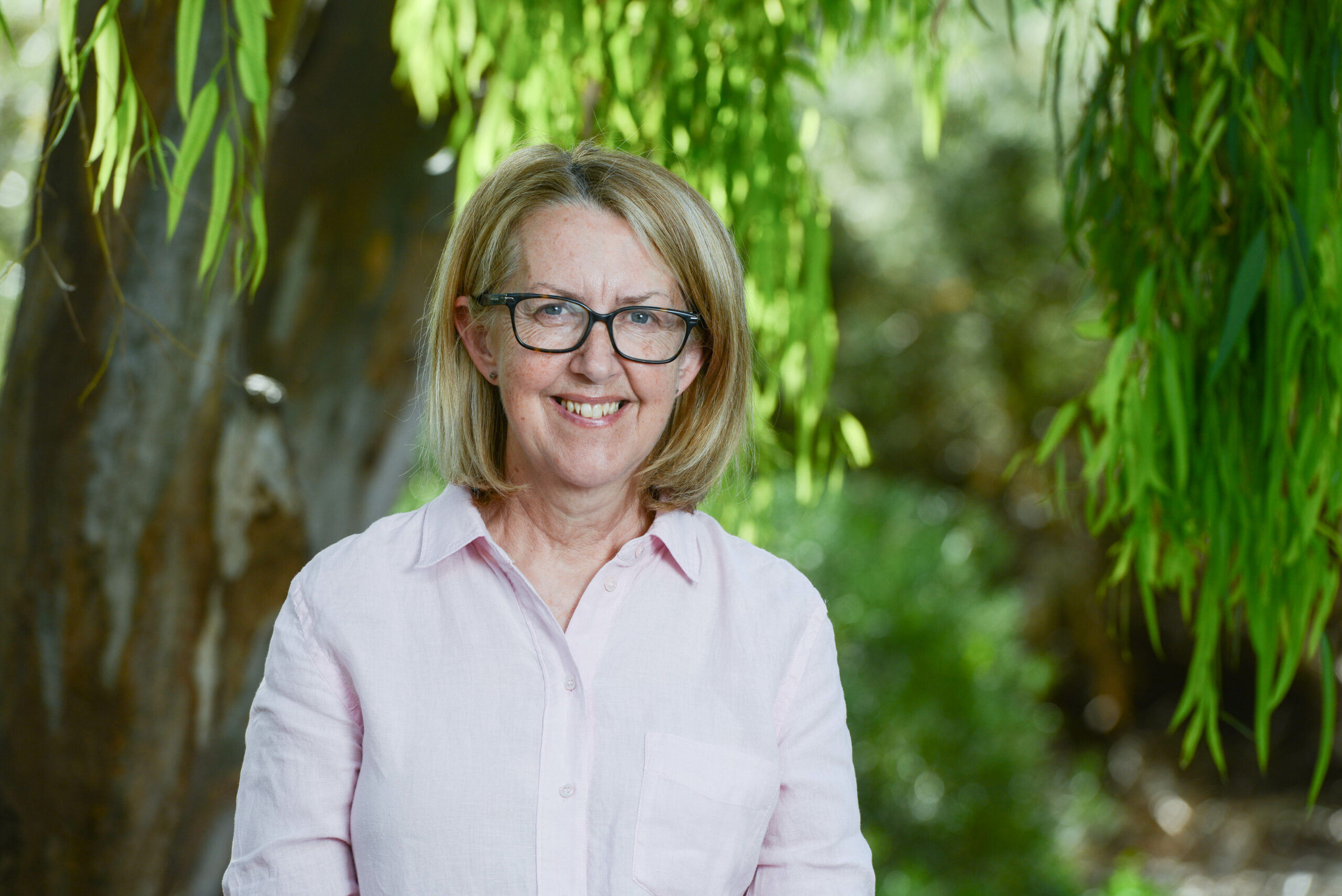STAAR-SA Delivering Long Term Benefits for Older Australians
As the Australian population ages and confronts more challenging and complex health issues, it’s not surprising that they are admitted to hospital more often.
In fact, people aged over 65 years, while representing 15 per cent of the population, account for 20 per cent of presentations to emergency departments nationwide, and 42 per cent will go on to be admitted into hospital the same day.
Researchers, aged care clinicians and population health experts also understand that the chances of being re-hospitalised are higher for older Australians in the weeks that follow a first admission.
Finding ways to reduce avoidable hospital admissions and readmissions, is a tricky and complex problem, one exacerbated by a two-tiered health funding system across state and federal governments, where support for in-home and other care supports may not align with hospital discharge.
This has been the focus of a comprehensive South Australian research project that for the first time, has brought together the full scope of health and aged care experts and practitioners with consumers to both better understand the issues, and work to develop models of care designed to improve health outcomes for older people and reduce avoidable hospitalisations.
The project, State Action on Avoidable Rehospitalisations and Unplanned Admissions (STAAR-SA), has been funded by a Medical Research Future Fund Rapid Applied Research Translation Grant and is facilitated by Health Translation SA
The project includes three related work packages all contributing the foundations for new models of coordinated care that can be adopted quickly.
Study lead, Professor Maria Crotty, Professor of Rehabilitation and Aged Care, at Flinders University says many people leave hospital while they are still on a waiting list for a Commonwealth in-home care package.
“We drew on qualitative research, where older people including those who had been repeatedly readmitted to hospital were all very clear that between leaving hospital and going home, there was something missing in the middle,” Prof Crotty says.
“They didn’t have enough support for a successful transition. And that is really at the heart of this research.
“There is no one thing that can fix the problem because people are coming into hospital for different reasons. So, as researchers we had not only to analyse why people were being readmitted, but then look at those cohorts and work out what alternative services might help prevent avoidable readmissions.”
Prof Maria Crotty
Prof Crotty says Work Package 1, led by researchers from the Registry of Senior Australians (ROSA), set some broad parameters around what types of older people were most at risk of repeated hospitalisation.
The ROSA research focussed on people aged over 65 years who had been hospitalised or presented at an Emergency Department within 90 days of receiving an assessment by an aged care assessment team member (ACAT). The analysis identified a range of risk factors at this important transition period.
Men were more at risk and individuals with a history of delirium, higher difficulties managing daily living activities, behavioural needs, and complex healthcare conditions, as well as those with high medication loads were more likely to experience unplanned hospitalisations.
“Being able to narrow down who we need to focus on when we talk about all these people coming back into hospital, has been hugely important for the project,” Prof Crotty says.
“It has given us a much clearer picture of where we can make a difference and for the teams brought together to create initiatives that will make an impact.
“ROSA has taken their research and developed five categories which we can use to determine if older consumers at low risk need a simple package of support, say just a regular phone call to check their wellbeing, right through to a bundle of integrated care supports for high-risk consumers when they are discharged from hospital.
“These are risk profiles we can use in our wider service design and planning.”
Central to Work Package 2 was the consumer experience of using out-of-hospital services. This work was undertaken by the Council of the Ageing (COTA) SA, through its social enterprise initiative, The Plug-in.
The Plug-in interviewed clients, family members and carers of clients, who had received out-of-hospital services within the previous 12 months, from selected outreach services. The findings showed that older people valued the services and trusted the staff. Having one main point of contact was important in providing continuity of care, support, and assurance to older people following their stay in hospital.
Work Package 3 established a quality improvement collaborative (QIC) where front-line clinicians from across the sector and their service managers were brought together to learn, share, and benchmark outcomes with the goal of increasing the quality of care for older people at times of transition from hospital.
With collaborative problem solving high on the agenda, the groups worked in teams to address key issues from medication management, through to end-of-life care, mental health, and improved outreach to older Australians in regional communities.
Internationally recognised expert in implementation science and leader in the field of knowledge translation, Professor Gillian Harvey, from the Caring Futures Institute at Flinders University, says outcomes from the Quality Improvement Collaborative have been significant.
“Managing behavioural symptoms that occur as a result of distress, for example aggression from residents in aged care settings, without use of restraints, is a particular challenge.
“The Aged Care Royal Commission noted that chemical and physical restraint “fundamentally impacts on the liberty and dignity of the care recipient” but also acknowledged aged care staff were under-skilled to manage changed behaviour in other ways.
“A hallmark of high-quality care is for older residents to feel physically and psychologically safe, to feel they have self-determination and are respected, and the Commission Report showed clearly that much more needs to be done to achieve that.”
Dr Cations says her goal is to provide evidence-based answers to some of these issues and develop translatable models of care that can be adopted in residential facilities.
“Part of my work will be to develop a way to measure what the impact of receiving mental health services has on residents and the people who care for them,” she says.
“Being able to measure any health cost savings and management and wellbeing improvements from a system more attuned to the mental health needs of residents will be an important driver for innovation in the sector.”
She says there also needs to be acknowledgement that up to 86 per cent of aged care users have at least one mental health condition and many of those will be living with the aftermath of some sort of psychological trauma.
“In an environment where common care practices such as assisted bathing and dressing are part of the everyday routine, we need to be more aware that these and a range of other aspects of care support, might be triggering for people who have experienced personal psychological trauma,” Dr Cations says.
“Such traumas make it difficult for individuals to regulate their emotions and their responses.
“And for aged care workers without the right mental health training, coping with sometimes extreme emotional responses from residents in the course of regular daily tasks, is difficult.
“We had fantastic support and engagement from a large cross section of organisations and individuals from the health and aged care sectors to work in the collaboratives and the next step for us is developing ways to sustain and build on those innovations to maintain the momentum,”
Prof Gillian Harvey
“Part of what we set out to do was establish a network of knowledge users, researchers, and policy makers working across differences in resources, knowledge, skills, and culture, that would have the potential to tackle other complex problems associated with caring for the older population across SA.
“We have delivered that, and it will continue to make an impact on improving aged care in South Australia.
“This is the translational end of research, and we know that good translation happens largely through social processes, not through a sort of cookbook approach – it is very much about relationships, people, and networks.”
This project was supported by the Australian Government’s Medical Research Future Fund (MRFF) as part of the Rapid Applied Research Translation program.















